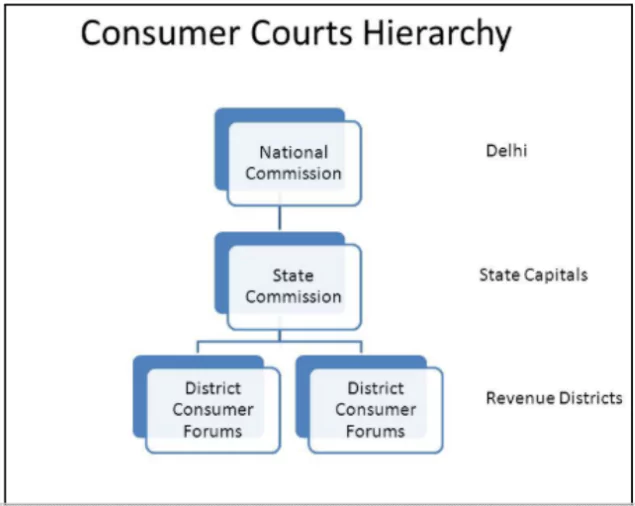Recently the District Consumer Disputes Redressal Commission, Jaipur II, has issued notices to Bollywood actors Shah Rukh Khan, Ajay Devgn, and Tiger Shroff, along with Vimal Pan Masala manufacturer J.B. Industries.
- Misleadings Advertisement: The complaint is regarding misleading publicity about the mixing of saffron in Vimal Pan Masala.
- Allegation: The tagline “Daane daane mein hai kesar ka dum” (Every grain has the strength of saffron) is allegedly misleading.
- The complaint argues that:
-
- The product is harmful to health, causing serious diseases like cancer.
- The company is aware of its harmful effects but continues misleading advertisements.
- The public is being misled into consuming a dangerous product.
- The complainant seeks legal action against the actors and an immediate ban on misleading advertisements.
About Misleading Advertisements/Publicity
- Misleading advertisements are false or deceptive claims made to attract consumers.They can lead to legal consequences, including fines and imprisonment for the manufacturer or endorsers.
- For Example: The Supreme Court prohibited Patanjali Ayurved Ltd from issuing false advertisements, particularly for the promotion of “Coronil” as a cure for Covid-19.
- Legislation: The Consumer Protection Act, 2019 provides strict measures against such advertisements.
- Section under Consumer Protection Act, 2019 against misleading advertisements:
- Section 35: Complaint regarding goods sold, delivered, or services provided.
- Section 89: Punishment for false or misleading advertisements that harm consumer interests.
- Regulatory bodies to Monitor Advertising:
| Regulatory Body |
Role and Key Provisions |
| Advertising Standards Council of India (ASCI) |
- Non-statutory tribunal established in 1985 by advertising and media professionals.
- Ensures advertisements are fair, honest, and comply with the ASCI Code.
|
| Central Consumer Protection Authority (CCPA) |
- Established under the Consumer Protection Act, 2019, to regulate consumer rights violations, unfair trade practices, and misleading advertisements.
- Issued the Guidelines for the Prevention and Endorsement of Misleading Advertisements, 2022 covering non-misleading ads, bait and free claim ads, and responsibilities of advertisers.
|
Other Legislations to Combat Misleading Advertisement
- Bureau of Indian Standards (Certification) Regulations, 1988
- Food Safety and Standards Act of 2006
- The Drugs and Magic Remedies (Objectionable Advertisements) Act of 1955 (DOMA)
- The Drug and Cosmetics Act of 1940
- The Cigarettes and Other Tobacco Products (Prohibition of Advertisement and Regulation of Trade, Commerce, Production, Supply, and Distribution) Act of 2003
- Grievances Against Misleading Advertisements (GAMA) portal by Department of Consumer Affairs for online complaint registration
About National Consumer Disputes Redressal Commission (NCDRC)

- Established: 1988 under the Consumer Protection Act, 1986.
- Mandate: Provides inexpensive, speedy, and summary redressal of consumer disputes.
- Headed by: A sitting or retired Supreme Court Judge or a retired Chief Justice of a High Court.
- Jurisdiction:
- Entertains complaints where the dispute value exceeds ₹2 crore.
- Has appellate and revisional jurisdiction over orders from State Commissions and District Forums.
- Appeal Process: An aggrieved party can appeal to the Supreme Court of India within 30 days of the NCDRC order.
- Scope: Covers both ‘Goods’ and ‘Services’ under consumer protection laws.
- Who Can File a Complaint?
- A consumer.
- A registered voluntary consumer association under the Companies Act, 1956.
- The Central or State Government.
- Multiple consumers in case of widespread consumer impact.
- Head Office: New Delhi.
![]() 10 Mar 2025
10 Mar 2025


